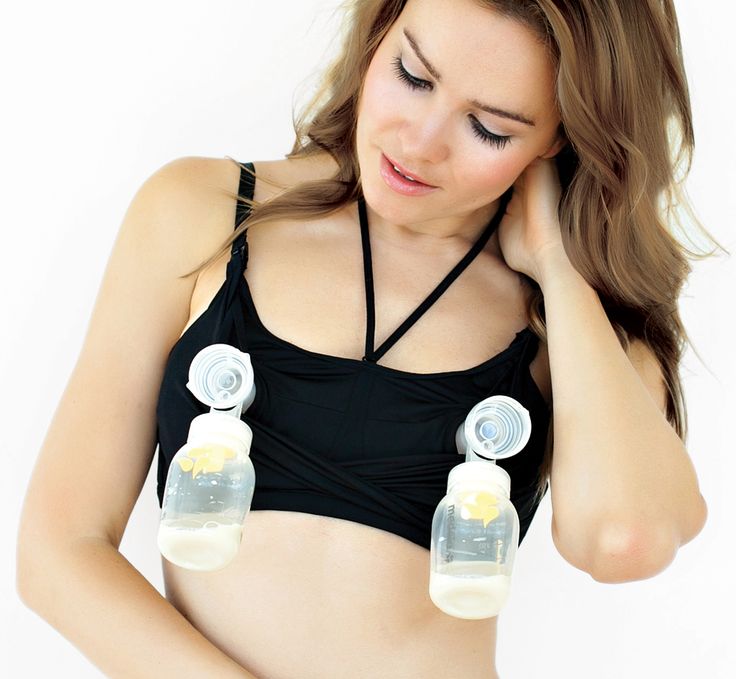Breastfeeding is a significant and personal journey for many mothers, and choosing the right breast pump is an essential part of that process. With a plethora of options available in the market, selecting the ideal breast pump can be overwhelming. The right pump should cater to your specific needs, be comfortable, efficient, and easy to use. There are several types of breast pumps to consider, including manual, electric, and wearable pumps. Manual pumps are usually more affordable and portable, making them an excellent choice for occasional use. Electric pumps, on the other hand, are more efficient and often come with additional features such as adjustable suction levels and multiple pumping modes, making them ideal for regular use. Wearable pumps offer the convenience of hands-free pumping, allowing mothers to multitask while expressing milk.
Understanding the Different Types of Breast Pumps
Breast pumps can be broadly categorized into manual, electric, and wearable pumps, each with its own set of advantages and disadvantages. Manual pumps require manual effort to express milk, making them less suitable for frequent pumping. However, they are quieter and more portable, making them a good option for travel or occasional use. Electric pumps, available in single and double models, use motorized suction to extract milk, significantly reducing the time and effort required. Double electric pumps are particularly efficient as they allow simultaneous pumping from both breasts, helping to maintain milk supply. Wearable pumps, the newest addition to the market, are discreet and can be worn inside a bra, providing maximum convenience and mobility. These pumps are ideal for mothers who need to pump on the go or prefer a more hands-free approach.
Key Features to Look for in a Breast Pump
When choosing a breast pump, it’s important to consider several key features that can impact its efficiency and ease of use. First, look for a pump with adjustable suction levels and pumping modes to mimic your baby’s natural nursing rhythm and ensure comfort. A closed system pump is preferable as it prevents milk from entering the tubing and motor, ensuring hygiene and ease of cleaning. Portability is another crucial factor, especially for working mothers or those who travel frequently. A lightweight pump with a rechargeable battery or one that can be used with a car adapter can provide the flexibility needed to pump anywhere. Additionally, the pump’s noise level should be considered, as quieter models can provide more discretion and comfort. Lastly, ensure the pump comes with a variety of flange sizes to fit different breast shapes and sizes, providing a comfortable and efficient pumping experience.
Tips for Effective and Comfortable Pumping
Effective and comfortable pumping is essential to maintain a healthy milk supply and ensure the well-being of both mother and baby. To achieve this, establish a regular pumping schedule that mimics your baby’s feeding routine, which can help maintain and increase milk production. It’s also important to create a comfortable and relaxing environment while pumping. Find a quiet and private space, use a comfortable chair, and consider using a warm compress or massaging your breasts before pumping to stimulate milk flow. Proper breast shield fit is crucial for comfort and efficiency; ensure the shield fits well to avoid pain and maximize milk extraction. Hydration and a balanced diet also play a vital role in milk production, so make sure to drink plenty of water and eat nutritious foods. Lastly, consider using a hands-free pumping bra to allow multitasking and make the pumping sessions more manageable and enjoyable.
By understanding the different types of breast pumps, considering essential features, and following tips for effective pumping, you can make an informed decision and ensure a positive breastfeeding journey.borstkolf draadloos

